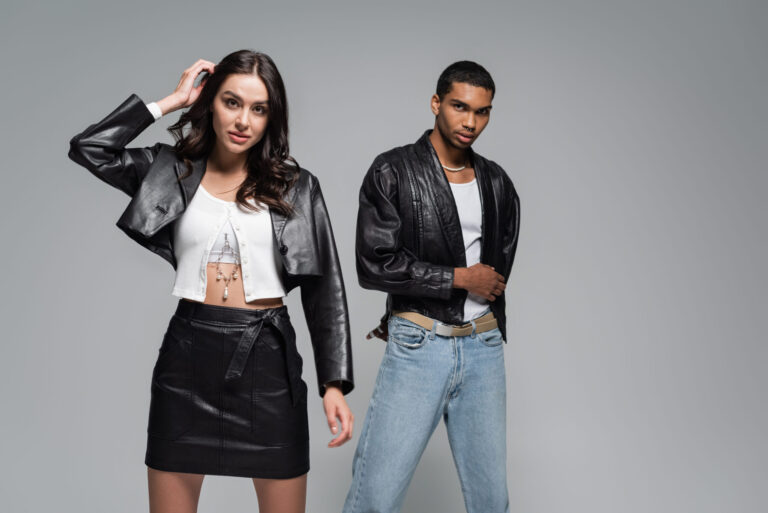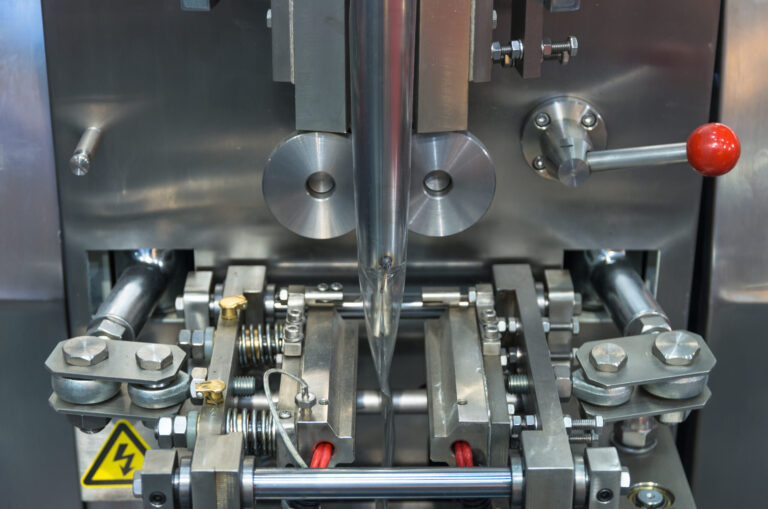Fashion, in its very essence, is an external expression of an internal identity. For women in male-dominated industries, it can serve as a powerful tool to convey strength, confidence, and professionalism. Clothing choices can break down traditional stereotypes, while simultaneously asserting individuality and gender equality. The way women dress in the workplace can serve as a silent but potent force in challenging conventions and leveling the playing field.
Blazers: The Power Suit Redefined
One such clothing item that has undergone significant transformation and carries symbolic weight is the blazer. Blazers for women have evolved from being a mere adoption of male formal attire to an emblem of feminine power and tenacity. This transformation has been crucial in helping women establish their professional identity and stance.
In the earlier years, the women’s blazer was designed to mimic its male counterpart in every way possible – a projection of the idea that women needed to assimilate into the male-dominated corporate world. However, contemporary fashion has seen a shift. Today’s women’s blazers embrace femininity while asserting authority. They come in a wide array of cuts, colors, and patterns, allowing women to express their personal style while maintaining a polished and professional image.
Asserting Authority Through Fashion

This evolution is not exclusive to the blazer but is reflective of broader changes in women’s workwear. As women began to break into industries traditionally dominated by men, such as finance, engineering, and technology, their attire evolved to help them carve their own space within these sectors. From adopting power suits in the 1980s to embracing a more feminine and versatile aesthetic today, women’s workwear has undergone a profound transformation that goes beyond surface-level trends.
This shift mirrors societal changes, as society increasingly recognizes women’s authority and capability in these fields. A woman’s choice of outfit can project confidence, showcasing her professionalism and dedication. By choosing clothing that represents their strength, women make a powerful statement: they are not just part of the industry, but they are leaders and innovators who command respect.
Fashion as a Form of Resistance
This resistance to stereotyping women in the workplace doesn’t stop at boardroom attire. Even in industries where uniforms are common, such as the military, aviation, or construction, women have found ways to assert their identity. They do so subtly, incorporating feminine elements into their standard uniforms or accessorizing in a way that respects the rules while also asserting their individuality. By finding ways to inject a sense of femininity into their work attire, these women challenge the stereotype of what a professional in these fields should look like.
The Future of Women’s Workwear

In the years to come, we can expect to see women’s workwear continue to evolve. It will do so not just in response to changing fashion trends, but also in reaction to the growing presence and influence of women in traditionally male-dominated industries. As more women break barriers and shatter glass ceilings, their impact will be reflected in the attire they choose to wear. Women’s workwear will continue to serve as a tangible representation of their tenacity, creativity, and leadership.
Ultimately, the story of women’s workwear is one of resilience and empowerment. It’s a testament to the courage of women who dared to step into spaces where they were the minority, defying stereotypes and making their mark. Whether through a well-tailored blazer or a customized uniform, women have used fashion as a means to express their identity and assert their authority in their respective fields.
As more and more women find their place in male-dominated industries, their fashion choices will continue to reflect their journey and reinforce their power. After all, clothing isn’t just about style—it’s an expression of identity, an assertion of power, and a testament to the relentless spirit of women breaking barriers.











